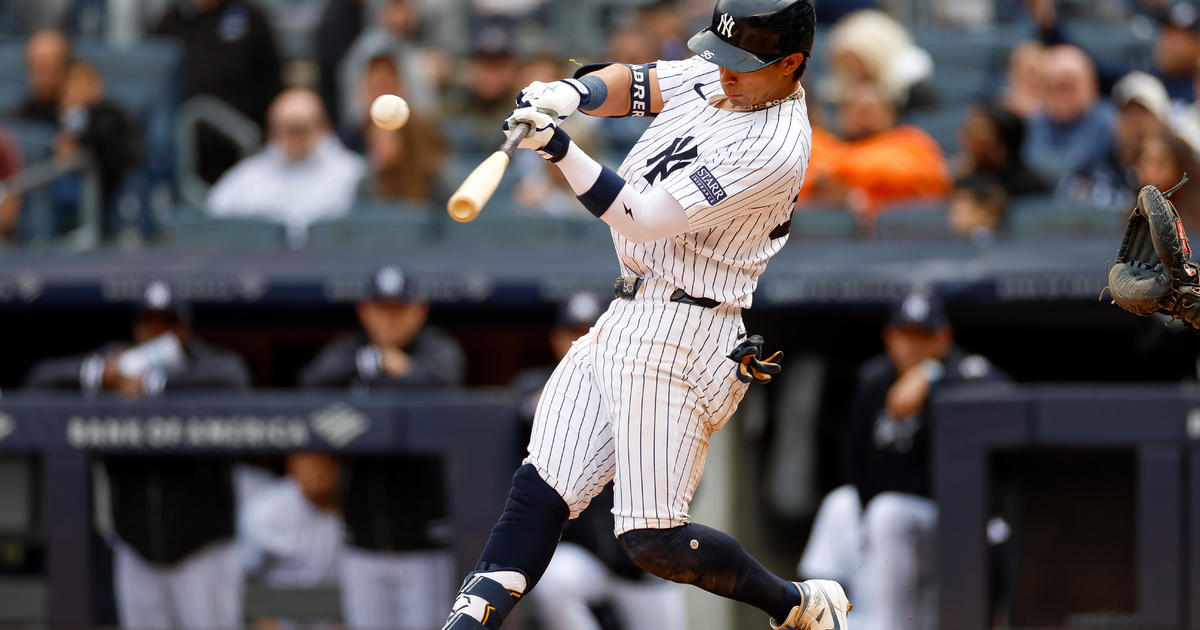By The Numbers: How The Game Of Baseball Has Changed
By Father Gabe Costa
» More Columns
If you are sixty years old (or older), you probably remember when the Major Leagues consisted of only sixteen teams. Even with the Boston Braves going to Milwaukee and the St. Louis Browns coming east to Baltimore and becoming the Orioles, franchises rarely moved in those days. And until the Dodgers and Giants moved to California after the 1957 season, the Cardinals were the western-most team.
A decade or so before, beginning in 1947, the Color Line had been broken with the arrival of Jackie Robinson, Larry Doby, and a host of other stars.
Fans could often see a double header, and when they did, it was for one admission price, sometimes paying less than $1 for a bleacher seat. Night games were relatively rare and uniforms were made of heavy flannel.
If you were lucky enough to have a television, chances are that it was a black-and-white TV, supported with a rabbit-ears antenna. No remote controls. No color. No high definition. But what a pleasure it was to see the Oklahoma Kid hit a tape measure home run while listening to the Voice of the Yankees, Mel Allen, just one more time describe that Mantle blast with "Going!...Going!...Gone!!!" followed by "How about that!?"
The two leagues were two distinctive leagues. Each league had a president. The American League was the power league; the National League was the running or speed league. Junior Circuit home plate umpires wore outside chest protectors, while their counterparts in the Senior Circuit wore the inside variety.
The schedule called for a 154 game season. Rivalries grew because teams played each other twenty-two times a season. Giants vs. Dodgers…Cubs vs. Cardinals…Red Sox vs. Yankees.
Nine men played for each side. They played the game on grass. Outside; in the open air.
And most of the time, baseball was played during the day.
There was no interleague play. With the exception of the World Series, Willie Mays could only face Whitey Ford during an All-Star Game and Rocky Colavito could only bat against Warren Spahn in the Mid-Summer classic. Ted Williams would never hit one over the ivy-covered walls at Wrigley Field nor would Duke Snider ever slash a double in Fenway Park.
There was no free agency in those days. Players who made $100,000 a season were few and far between. Blockbuster trades rarely occurred and if they did, the players were pretty much at the mercy of the owners anyway. Yet there was constancy and stability: Stan Musial would always be a Cardinal; Ernie Banks would always be a Cub.
Seasons culminated in the World Series. The one immutable fact about the Fall Classic was the certainly that the winner of the National League pennant would meet the American League champion, with each of the two teams having won the most games in their respective leagues.
And this confrontation would take place in the light of day.
And that was baseball for ten year old kids, a half-century ago.
Since then, a lot has happened…some of the changes and developments are as follows:
· Expansion
· Divisional Play
· Free Agency
· The Designated Hitter in the American League
· Major League Baseball played in Canada…more countries to follow?
· One team (Milwaukee Brewers) moving from the American League to the National League…more switches to follow?
· Playing Surfaces other than Grass
· Domed Stadiums
· Interleague Play
· More Divisional Play with One Wild Card in each league…more Wild Cards to follow?
· Steroids, PEDs, HGH, etc.
· No League Presidents
· Limited use of Technology to verify accuracy of Umpires' Rulings
· All Star Games played at Night
· Virtually every World Series Game played at Night
My feeling is that some of the changes were definitely needed and justified.
What does the reader think?
Well, how about it? Let Father Gabe know in the comments below!



